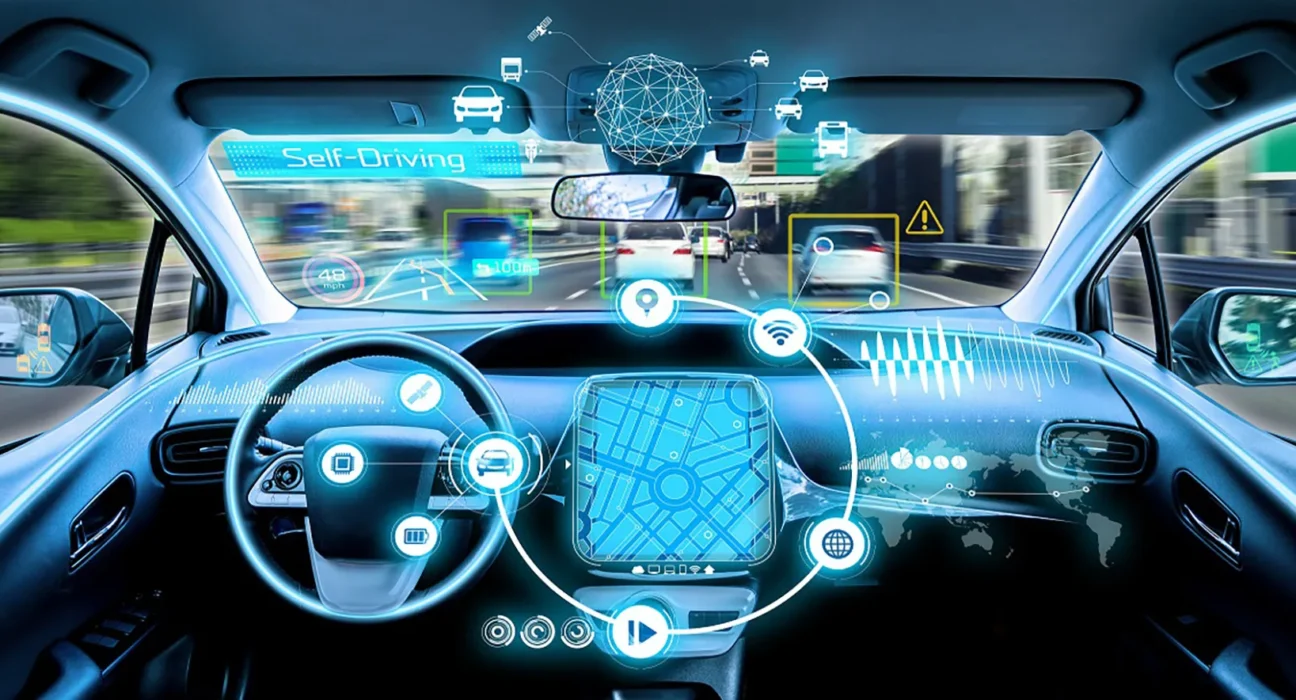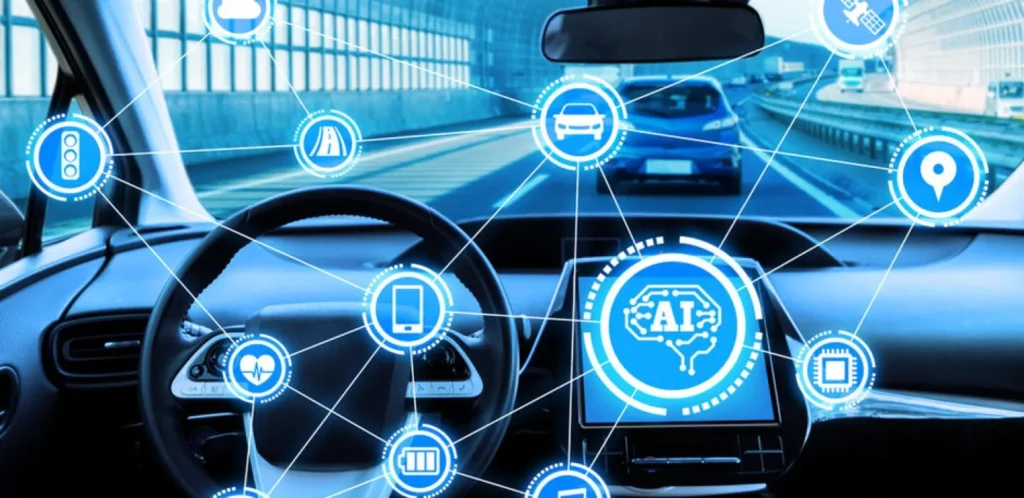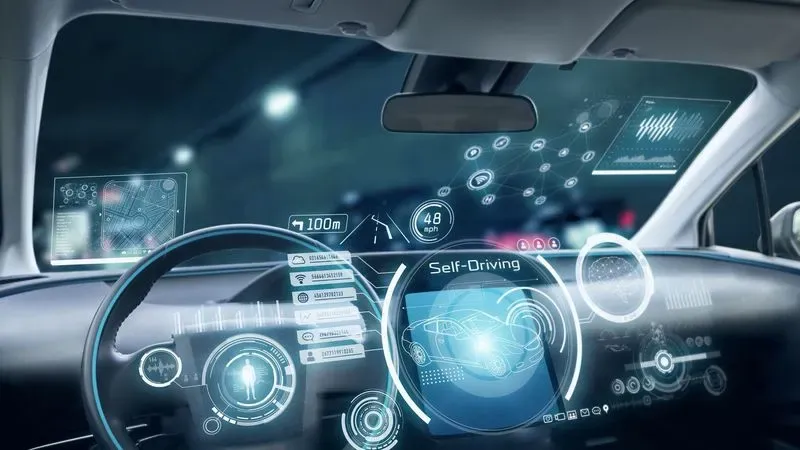Eplus4car: My First‑Person Look at Smart Green Driving

I’m writing today about eplus4car, and I’ve read several articles deeply before starting. Two of them felt most relevant: one from SustainableBusinessToolkit that explains the tech and safety features, and another from Medium that guides travel innovation with eplus4car. Now I’ll share what I learned, in a friendly first‑person tone.
Key takeaways:
- eplus4car brings smart connectivity, safety, and eco‑friendly power together.
- It uses remote controls, sensors, and low emissions to reduce pollution.
- It supports longer travel with efficient infrastructure and user‑friendly features.
Understanding eplus4car
To start, I learned that eplus4car is a smart automotive concept built for eco‑friendly driving. It mixes electric power with advanced connectivity and remote control options. I found that it allows users to lock or start the car from a distance, check settings, and even control climate.
Moreover, it helps reduce harmful fumes because it relies heavily on electric energy rather than fuel. That makes eplus4car a tool for cleaner air and more sustainable driving.
Because I read this carefully, I can explain it well: eplus4car stands at the intersection of smart tech, safety, and green transport.
Read More : The Core of Computing: How PCBA Powers Modern Computers
Safety and Remote Features
Next, I noticed many safety features in eplus4car. It comes with remote alerts, sensors, alarms, and locking systems that protect the car and passengers. For instance, built‑in alarms go off when someone tries to break in, and sensors detect unusual activity.
Furthermore, I like that it includes real‑time safety updates. It connects to the user’s smartphone, so I can see alerts right away. As a result, using eplus4car feels secure and modern.

Environmentally Friendly Design
Then I learned that eplus4car aims to cut pollution by using electric engines. It emits almost no exhaust, which means the air stays cleaner when many people use it.
Also, the articles mention that eplus4car supports charging infrastructure in smart locations. That makes it easier to keep the battery full and travel longer distances without worry.
I think this shows how eplus4car matches both tech demand and climate needs.
Connectivity and Smart Travel
In addition, I discovered that this car includes high‑tech navigation and wireless connectivity. It provides real‑time traffic, remote diagnostics, and smart updates.
Moreover, this car syncs with mobile apps, voice controls, and vehicle sensors. For me, that means driving becomes easier, safer, and more enjoyable in daily life.
Because of that, I feel it brings modern travel tools into simple hands.
Comparing Traditional Cars and eplus4car
When comparing normal cars and eplus4car, I noticed clear differences. Traditional cars use fuel and lack smart functions. By contrast, eplus4car removes fuel dependency and adds safety, remote control, and connectivity.
Also, this car helps users save money on fuel and maintenance. Electric charging tends to cost less than gas, and the smart system predicts repair needs before they become big issues.
I think this makes eplus4car practical and appealing for future drivers.
Future of eplus4car
Looking ahead, I see eplus4car growing in partnership with renewable energy providers and smart‑city planners. Plans include building more green charging stations powered by solar or wind.
In addition, I read that companies may use recycled materials in car builds. That way, this car becomes sustainable not just in use, but also in production.
Thus, I believe this car will keep evolving in both technology and eco‑friendly design.
Real‑Life Use and Tips
In daily use, I imagine eplus4car helping me track battery levels, lock or unlock doors remotely, and plan routes with smart navigation.
Moreover, if I needed to charge, I’d look for nearby stations that support fast charging and green power, which eplus4car promotes strongly.
Also, I’d subscribe to updates so I know about software changes or new features. Because eplus4car supports over‑the‑air updates, I would always stay up to date.

Challenges Ahead
Of course, I saw challenges too. Infrastructure for charging stations must expand, or long travel will remain hard. Also, upfront cost for these models might remain high for some users.
At the same time, there are concerns about data privacy and software safety. Still, the developers of this car work on encryption and secure updates to keep drivers safe.
Because of that, continued collaboration among tech firms, automakers, and regulators is critical.
Wrapping‑Up Thoughts
After reading deeply and writing this, I feel confident sharing my view on this car. It combines smart remote control, safety systems, green energy, and travel convenience. I like that it makes driving safer, cleaner, and easier.
Overall, I think this car stands out as a technology built for modern needs. It opens a path toward smarter driving, less pollution, and better travel.








